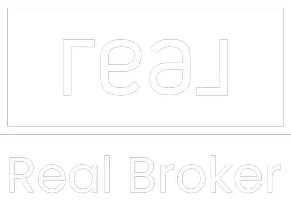Will the Feds Drop Interest Rates? What It Means for Your Mortgage

Will the Feds Drop Interest Rates? What It Means for Your Mortgage
When you hear financial experts buzzing about the Federal Reserve and interest rates, you might wonder: will the Feds actually drop rates soon? And if they do, what does that mean for your mortgage? Let’s break it down in plain English and see how these big-picture moves could impact your home loan.
How the Fed Sets the Tone 🎵
The Federal Reserve (or "the Fed" as it’s often called) doesn’t directly set mortgage rates. Instead, it influences the federal funds rate—the interest rate banks charge each other for overnight loans. When the Fed raises or lowers this rate, it sends ripples through the economy, affecting everything from savings accounts to credit cards… and yes, mortgages.
Will the Fed Drop Interest Rates?
As of mid-2024, there’s been intense speculation about whether the Fed will lower rates to help stimulate the economy. The decision depends on several factors, including inflation, employment numbers, and global events. If inflation cools down and the economy shows signs of slowing, the Fed might decide to cut rates to encourage borrowing and spending.
Does a Fed Rate Cut Lower Mortgage Rates?
Usually, yes—but it’s not a direct one-to-one relationship. When the Fed lowers its benchmark rate, it often leads to lower borrowing costs across the board. Mortgage rates typically follow suit, but they’re also influenced by other factors, such as:
- Bond Market Trends: Mortgage rates tend to move in sync with the yield on 10-year U.S. Treasury bonds. If those yields drop, mortgage rates often do too.
- Inflation: Higher inflation usually leads to higher mortgage rates, while lower inflation can help rates fall.
- Economic Outlook: If investors are nervous about the economy, they might flock to safer investments like bonds, which can pull mortgage rates lower.
- Global Events: International crises or market shocks can influence U.S. mortgage rates by affecting investor confidence.
What Really Drives Mortgage Rates?
To sum it up, here are the most important factors at play:
- The Fed’s Policy: While not the sole driver, the Fed’s interest rate decisions set the tone for the entire lending market.
- Inflation: The higher the inflation, the higher the rates—lenders want to be compensated for the eroding value of money over time.
- Economic Health: Strong job growth and consumer confidence can push rates up, while uncertainty or recession can bring them down.
- Supply and Demand: The demand for mortgages and the availability of money to lend also play a role.
What Should Homebuyers Do?
If you’re thinking of buying or refinancing, keep an eye on economic news but don’t try to time the market perfectly. Even if rates move slightly, your personal finances and readiness are just as important. A trusted mortgage advisor can help you navigate the ups and downs, ensuring you make the best choice for your situation.
In short, while the Fed’s moves matter, they’re just one piece of a much bigger puzzle. Staying informed—and flexible—will help you make smart decisions, no matter where rates go next.
Categories
Recent Posts











